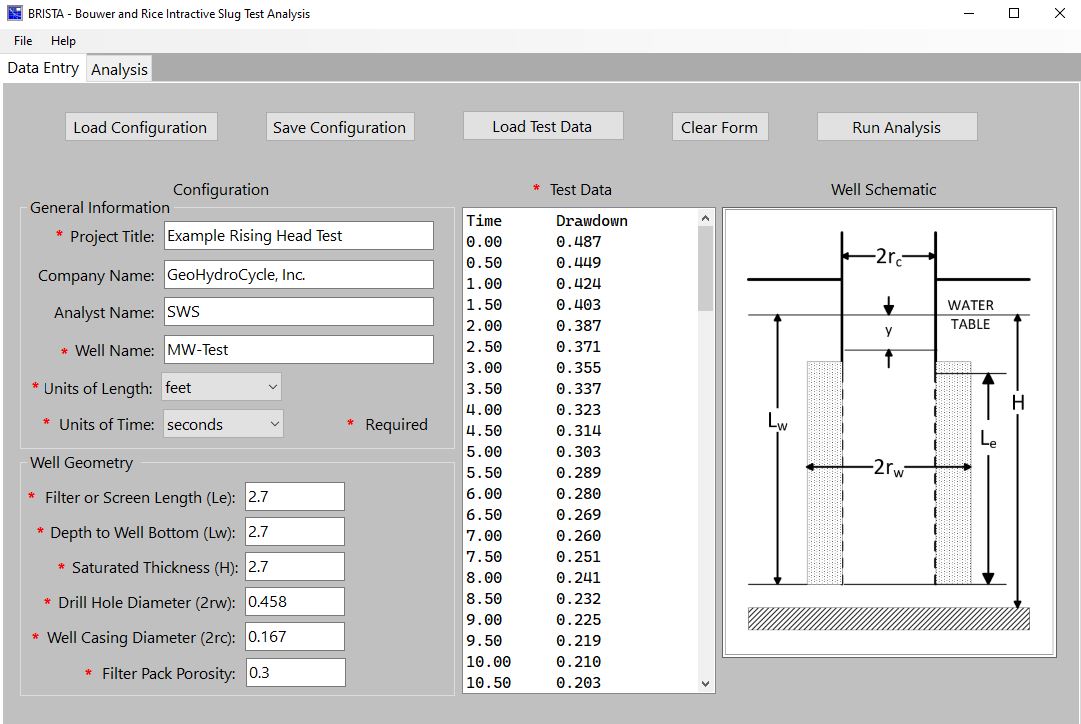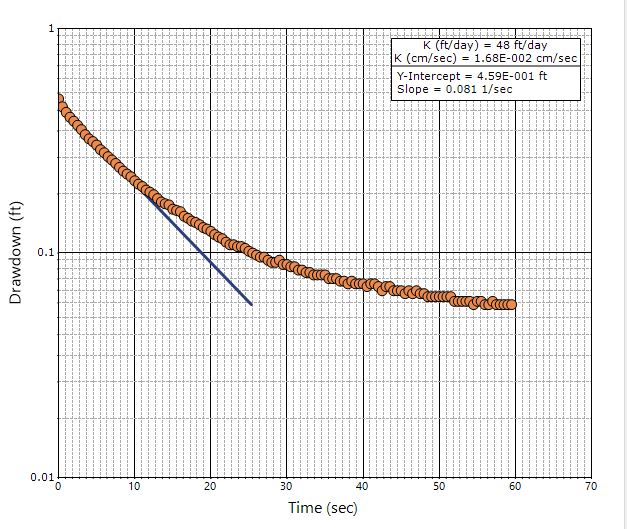Software
GeoHydroCycle has developed software applications which are straightforward and intuitive to use. These applications include HANTUSH, a groundwater mounding model and BRISTA, a slug test analysis package.
Contact us for more information and pricing.
HANTUSH
Hantush Time & Distance Mounding Analysis Package
HANTUSH predicts the rise and fall of a groundwater mound in time or along a user-defined axis in an unconfined aquifer beneath a square or rectangular recharge basin. Through superposition, the user may include a constant head and/or a recovery period (for the time analysis). Typical uses of HANTUSH include evaluating mounding beneath an sewage effluent disposal system or for stormwater basin design.
References:
- Hantush, M. S. 1967. Growth and Decay of Groundwater Mounds in Response to Uniform Percolation. Water Resources Research, Vol.3, 227–234.
- Glover, R. E., Mathematical Derivations As Pertain to Ground-Water Recharge. Fort Collins, Colorado: USDA, Agricultural Research Service, 1960.
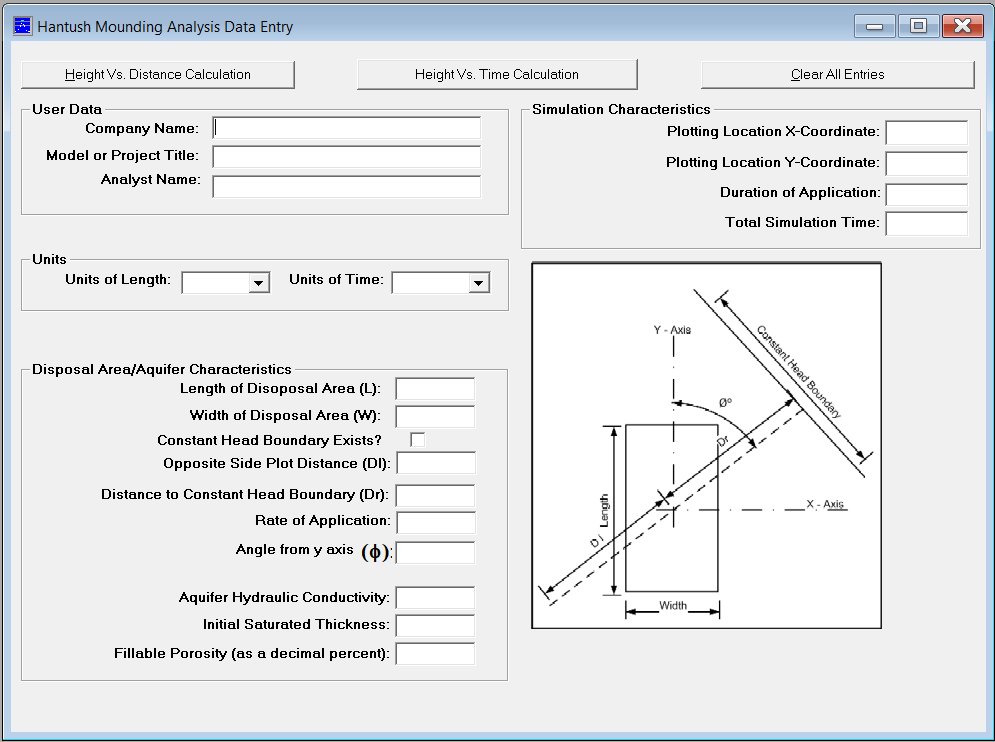
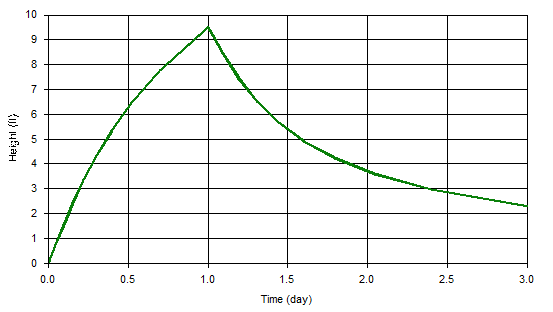
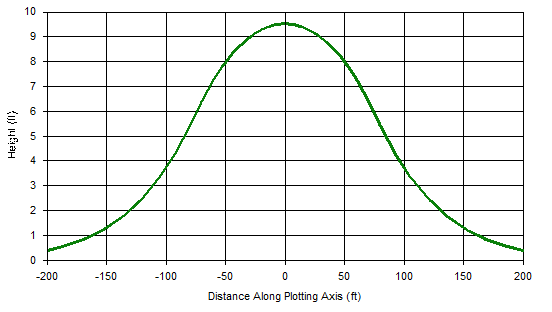
BRISTA
Bouwer and Rice Interactive Slug Test Analysis
BRISTA provides a quick and effective tool for analyzing slug test data using the Bouwer and Rice method. The Bouwer and Rice slug test method estimates the hydraulic conductivity of unconfined aquifers in the vicinity of a borehole or well screen. The method allows for partial screen penetration of the saturated thickness, and the method is applicable to either a rising or falling head test.
References:
- Bouwer, H. and R. C. Rice, A Slug Test for Determining Hydraulic Conductivity of Unconfined Aquifers with Completely or Partially Penetrating Wells. Water Resources Research, Vol. 12, pp. 423-428, 1976.
- Bouwer, H. 1989. The Bouwer and Rice Slug Test - An Update. Ground Water, Vol.27, No.3, pp.304-309..
